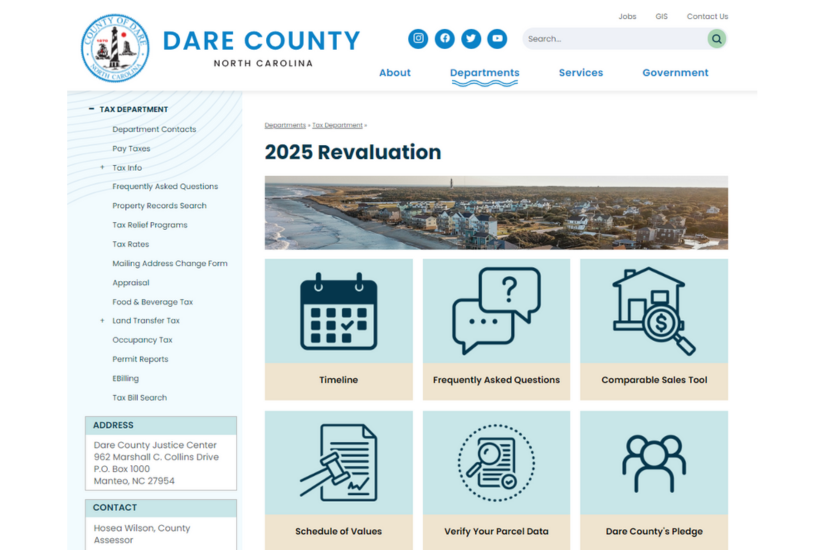Positive Steps Being Taken to Reduce Light Pollution on the OBX

Submitted story from the Outer Banks Visitors Bureau
Along the Outer Banks, there is a building movement to reduce artificial lighting that negatively impacts wildlife and enhances environmental stewardship.
The National Park Service has also retrofitted approximately 400 outdoor lights over the past several years along Cape Hatteras National Seashore to reduce light pollution and has taken initial steps of a rigorous process to be designated an International Dark Sky Place.
The National Park Service has also retrofitted approximately 400 outdoor lights over the past several years along Cape Hatteras National Seashore to reduce light pollution and has taken initial steps of a rigorous process to be designated an International Dark Sky Place.
The Town of Duck’s Dark Sky Ordinance is another example of a commitment to preserving the natural environment as it strives to enhance the quality of life for its residents and protect local wildlife by reducing light pollution. Other towns, including Nags Head, have also taken steps to adjust lights at several beach accesses in recent years that limits disturbances to sea turtle hatchlings and other beach dwelling animals.
Adopting an integrated approach to improving environmental stewardship is one of the four key goals of the Outer Banks Long-Range Tourism Management Plan (LRTMP). Click here to view a recap of the September LRTMP Special Committee Meeting













